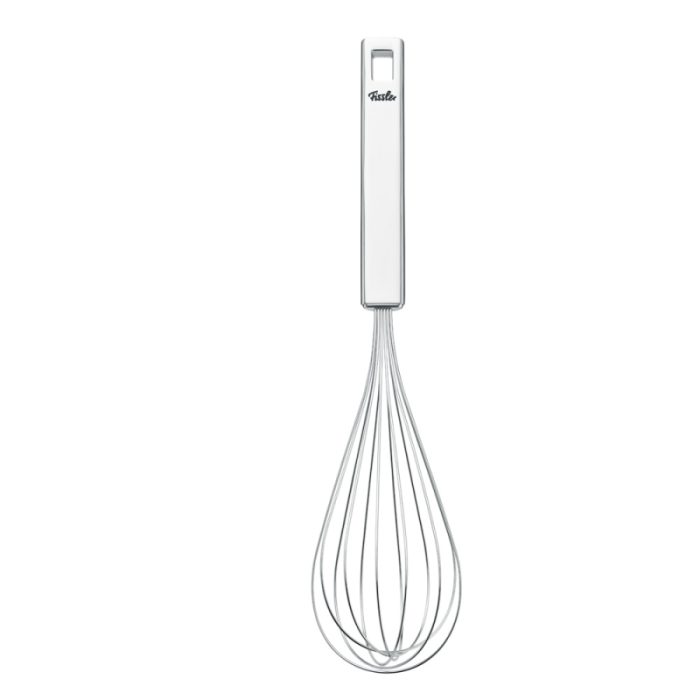

Here is a short video to help you visualize the whole process! You can slow down the video if you want to see the motion more clearly. Your hand will feel tired and sore but DO NOT STOP.ĭid I stress enough that you should whisk firmly? Whisk FIRMLY. (Whisking in circles is too smooth and you will not be able to oxygenate your tea = no bubbles) You need to shock the material as you incorporate air to the water and tea, otherwise it will not be foamy. You must simply whisk the matcha back and forth, NOT in a circular motion but in a W or zigzag pattern. Try to whisk as fast as you possibly can! You can’t be too fast. Be fast! Be dirty! Be energetic! You’ll get the hang of it.
#TEA WHISK FREE#
Now that you have a nice, lump free paste in your bowl, there begins the proper whisking: The WhiskingĪdd some hot water, and start whisking firmly using your wrist (not the elbow) while you hold the bowl with your other hand. Here are some instructions to help you to obtain a nice foam: Preparations:Īfter adding the matcha in your bowl (one or two spoons), add a small amount of cold water (a teaspoon) and work it slowly with the whisk into a lump free paste. The whole process should not take more than a minute.

Whisking is not complicated but you have to do it in a certain way to make it work.

Whisking is the key part of making a good and foamy matcha! However from our own experience it is the most misunderstood step.
#TEA WHISK HOW TO#
So in the end, how do you whisk? How to whisk matcha Using a bamboo whisk will make you feel like a tea master for a few minutes every day, and the great part is that you don’t need much knowledge to use it properly! Making a Chasen requires time and knowledge. This tool has been used for centuries in tea ceremony. The Experience when using a chasen is completely different. Especially if you make matcha often! Last but not least : the Experience As bowls used to prepare matcha can be old, precious and expensive, it is an important point. Also it is a durable material: if dried in a good way, the chasen can keep its shape and remain efficient for a long time, months or years.īamboo makes the whisk highly flexible: instead of piercing/scratching the bowl, it bends and prevents any damage. A word on the material: Bambooīamboo (in a decent whisk) does not leave any taste or smell that would affect the delicate taste of matcha, when an iron whisk usually has an impact on it.
#TEA WHISK FULL#
It is not only about dissolving the powder in water! Oxygenation is key.įor coffee drinkers: think of this effect as the froth on your espresso or cappuccino.įor wine drinkers: think of it as aeration – wine needs to “breathe” to reveal its full potential. The whisk allows to mix matcha powder, water, and air into a nice frothy beverage, releasing aromas and essences in the foam on the surface. This simple and modest tool is very important for several reasons. It is called “chasen” (茶筅) in Japanese, it is made of bamboo and designed especially to prepare matcha. The whisk is the single most important thing after the matcha itself when it comes to preparing a good beverage. Therefore, and in the so very Japanese ways of everyday Kaizen (“improvement”), let’s talk today about something that will revolutionize your approach to matcha: WHISKING! Why use a bamboo whisk (chasen)? Even after that, we realized the whole process was still largely misunderstood.


 0 kommentar(er)
0 kommentar(er)
